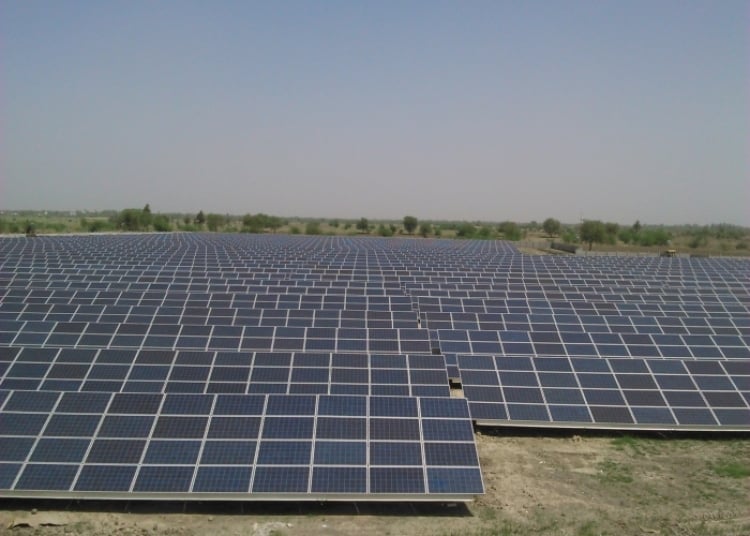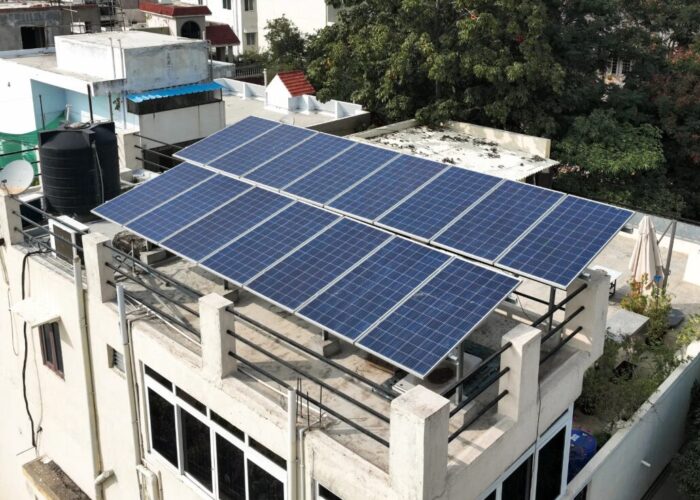
India’s renewables capacity will increase to 170GW by March 2025 for a number of reasons, including the decline in solar PV cell and module prices, according to a study conducted by Indian rating agency ICRA.
As of October 2023, the installed renewables capacity in India was 132GW, meaning there will be an increase of 38GW in only 17 months.
Try Premium for just $1
- Full premium access for the first month at only $1
- Converts to an annual rate after 30 days unless cancelled
- Cancel anytime during the trial period
Premium Benefits
- Expert industry analysis and interviews
- Digital access to PV Tech Power journal
- Exclusive event discounts
Or get the full Premium subscription right away
Or continue reading this article for free
ICRA added that renewable additions will likely continue after March 2025 thanks to the significant improvement in tendering activity in the current fiscal year, with over 16GW projects bid out so far. Another 17GW bids will be from the tenders launched by the central nodal agencies. This is in line with the 50GW annual bidding trajectory announced by the government of India in March 2023.
ICRA vice president and sector head for corporate ratings Vikram V said the sharp decline in solar PV cell and module prices, due to the abeyance of the Approved List of Models and Manufacturers (ALMM) order till March 2024, and the timeline extension approved for solar and hybrid projects, will lead to an improvement in renewables capacity additions to 20GW in FY2024 from 15GW in FY2023.
“This, along with the growing project pipeline, is likely to support the scale-up in capacity addition to 25GW in FY2025, mainly driven by the solar power segment,” he added.
PV Tech reported that India surpassed 70GW of installed solar capacity as of 30 June this year, according to the country’s government. However, India added 1.7GW of solar capacity only in the second quarter of 2023, down 58% year-on-year.
He added that the sharp decline in solar PV cell and module prices over the past 12 months led to a “healthy improvement in debt coverage metrics for the upcoming solar power projects”. For example, for a solar power project with a bid tariff of INR2.5 (US$0.03) per kWh and sourcing modules from domestic original equipment manufacturers (OEMs) using imported PV cells, the average debt-service coverage ratio (DSCR) has improved by over 35 basis points.
“While this is a positive in the near term, the developers would remain exposed to movement in imported solar PV cell and wafer prices, till the development of fully integrated module manufacturing units in India,” he commented.
The study also highlighted some challenges on the execution front, including land acquisition and transmission connectivity.
Additionally, the increase in renewables capacity over the next six years is estimated to increase the share of renewables plus large hydro in the all-India electricity generation from 23% in FY2023 to around 40% in FY2030.






